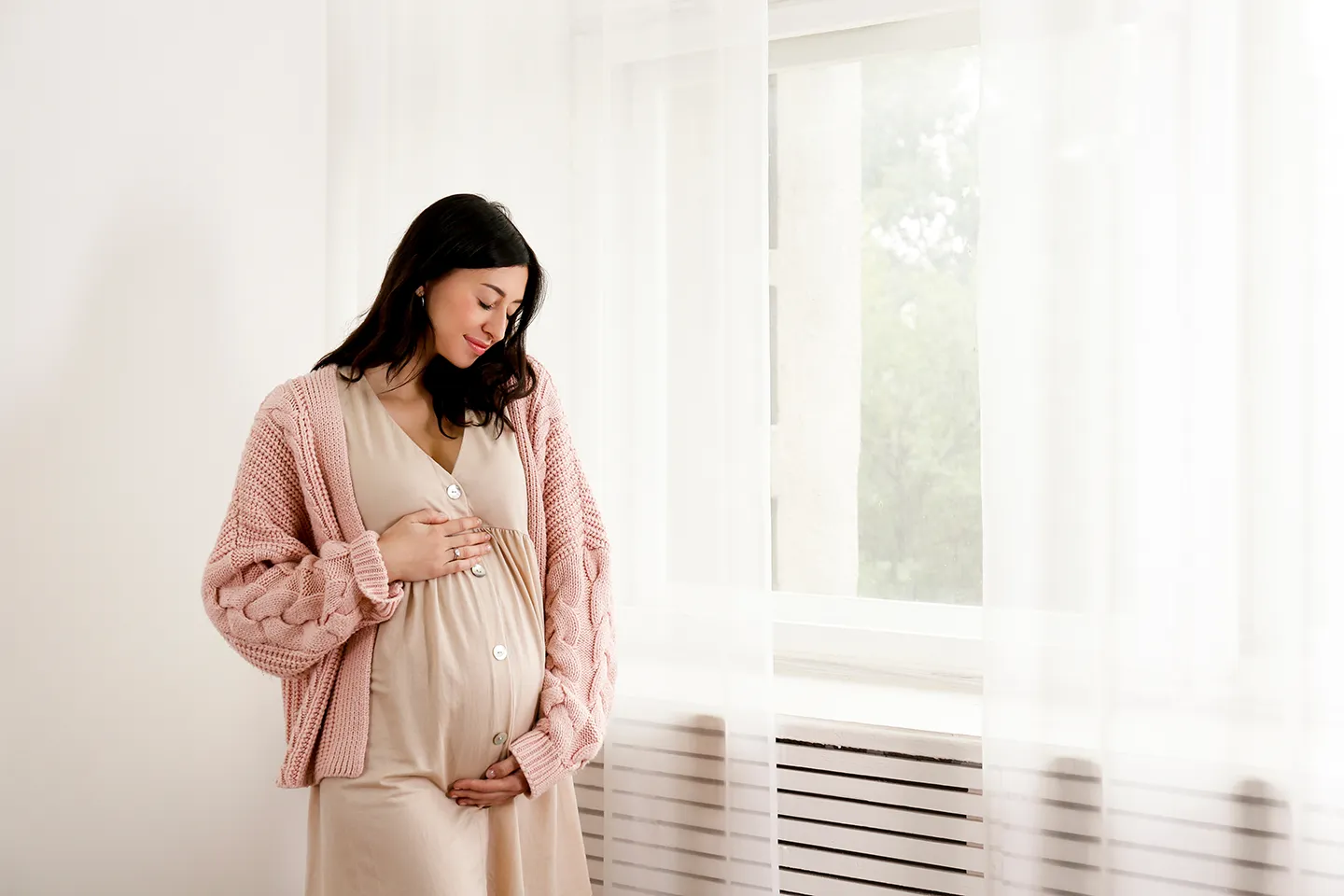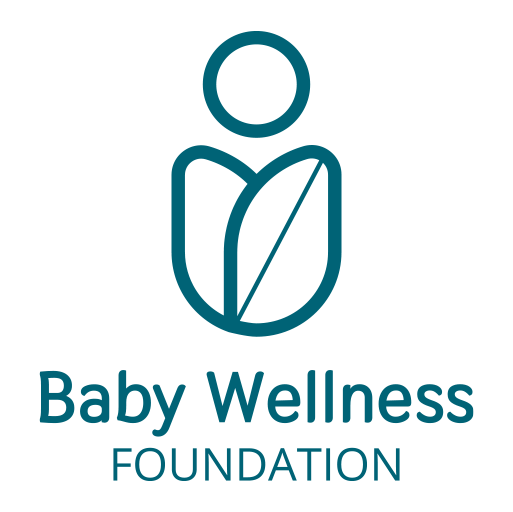Approfondimenti scientifici
The journey of pregnancy: every moment is unique
Pregnancy represents a complex and extraordinary process of biological, psychological, and relational transformation. Each pregnancy is a unique experience, both physiologically and emotionally.

Weeks 4–6: early adaptations and initial changes
In the first weeks of pregnancy, the changes are mainly internal and often not externally visible. Early signs include mastodynia, a sensation of abdominal bloating, and fatigue, resulting from increased progesterone levels and vascular remodeling. The female body begins to silently adapt to host the embryo, triggering complex processes such as increased cardiac output, expansion of plasma volume, and the onset of uterine changes.
This is the phase in which the foundations of bonding with the unborn child are laid, even though emotional recognition of the pregnancy often occurs later.
From week 12: pregnancy becomes visible
Around the end of the first trimester, the uterine volume increases more noticeably, making the pregnancy perceptible even externally. The growth of the uterine fundus changes the abdominal silhouette, while the breasts continue to prepare for lactation, increasing in volume and vascularization.
These physical changes often require adaptations in clothing and daily routines. At this stage, the use of elasticizing creams and comfortable clothing is helpful, as well as starting a health education program for the prevention of postural and venous disorders.
From week 20: fetal development and maternal somatic adaptation
At mid-pregnancy, the uterus reaches the level of the navel, and the mother may begin to feel the first fetal movements (quickening). The changes become more pronounced: the lumbar curve deepens, venous pressure may increase, and body weight begins to grow significantly.
Obstetric support at this stage is crucial to monitor uterine growth and maternal-fetal well-being, as well as to educate the expectant mother about signs and symptoms not to be underestimated (e.g., edema, headaches, visual disturbances). It is also the ideal time to introduce concepts of childbirth and breastfeeding preparation.
Between weeks 30 and 35: slowing down and active waiting
As the due date approaches, the uterus occupies more space in the abdominal cavity, altering posture and affecting breathing and sleep quality. Joint laxity increases, especially in the pelvic area, due to the action of relaxin. Many women experience discomfort related to the uterine weight, such as lower back pain, sciatica, and fatigue.
The role of the midwife during this phase is fundamental to propose non-pharmacological relief strategies (gentle movement, postural exercises, massages) and to provide emotional support in preparing for childbirth, also through relaxation and breathing techniques.
From week 36 to 40: the body prepares for labor
In the final days of pregnancy, a progressive descent of the presenting part into the pelvis (fetal descent) can be observed, which may relieve diaphragmatic pressure but increase pelvic pressure. Braxton Hicks contractions may become more frequent, and the body begins to show clear signs of preparing for labor.
Professional support during this period should focus on reassurance, clinical monitoring of maternal and fetal health, and the promotion of emotional well-being, by normalizing anxieties and expectations related to the imminent birth.
Pregnancy is a complex physiological process, characterized by a sequence of biological, psychological, and social adaptations that involve the woman in her entirety. Each gestational phase entails significant changes that, while physiological, require careful observation and understanding.
Attention to bodily signals, listening to emotional needs, and enhancing individual resources are essential to fostering a positive pregnancy experience. In this context, informed and respectful support from health professionals plays a crucial role in sustaining the physiology of pregnancy, recognizing and valuing the uniqueness of each experience. This approach not only facilitates adaptation to the intrinsic changes of pregnancy but also promotes the long-term well-being of the mother-child dyad.
